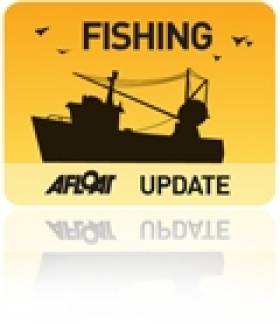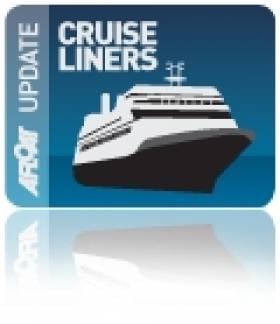Displaying items by tag: Killybegs fishing port
Fish Ireland Exhibition 2012 Returns to Killybegs
#FISH IRELAND EXHIBITION –Once again the premier fishing port of Killybegs, Co. Donegal is host to the Fish Ireland Exhibition (29-30 June) where the fish-catching and processing industry will be on display, writes Jehan Ashmore.
The exhibition is one of the few such shows to actually take place in the heart of a working fishery harbour. The location is also home to local leading equipment suppliers and service industries which are the main attraction to Fish Ireland.
For the last two decades the exhibition has been run every two years and is where fishermen and boat owners from all sectors - inshore, demersal, shellfish and pelagic meet exhibitors. The range of exhibitors covers products and services which allow for new technologies and to develop more sustainable and environmentally methods in friendly fishing techniques.
Added to the venue's apt setting on the main pier is where some of the nation's largest trawlers moor alongside 'Mediterranean' style, i.e. the sterns of the vessels berth at right-angles to the quayside. The berthing practice allows more vessels to be accommodated along the quayside as they moor parallel to each other.
Clipper Cruiseship Calls In for Fish & Chips
According to her schedule the Clipper Odyssey has since made several calls to include Waterford, Cobh and along the stunning scenery of the western seaboard with anchorage calls off the Great Blasket Islands, Dingle.
Yesterday the 5,218 tonnes vessel operated by Clipper Cruiuses had also called to Inishmore of the Aran Islands. Otherwise the 120 passenger cruiseship is normally found serving in the Pacific Ocean from New Zealand to the Russian Far-East. She is due to depart Co. Donegal this evening bound for Portrush.
As for the 226-passenger Le Diamant she is a frequent caller not just to Dublin, she had arrived from Penzance. The 8,282 tonnes vessel is run by Marseilles based Ponant Cruises and the twin-funnelled vessel is due to depart this evening for Fishguard.






























































